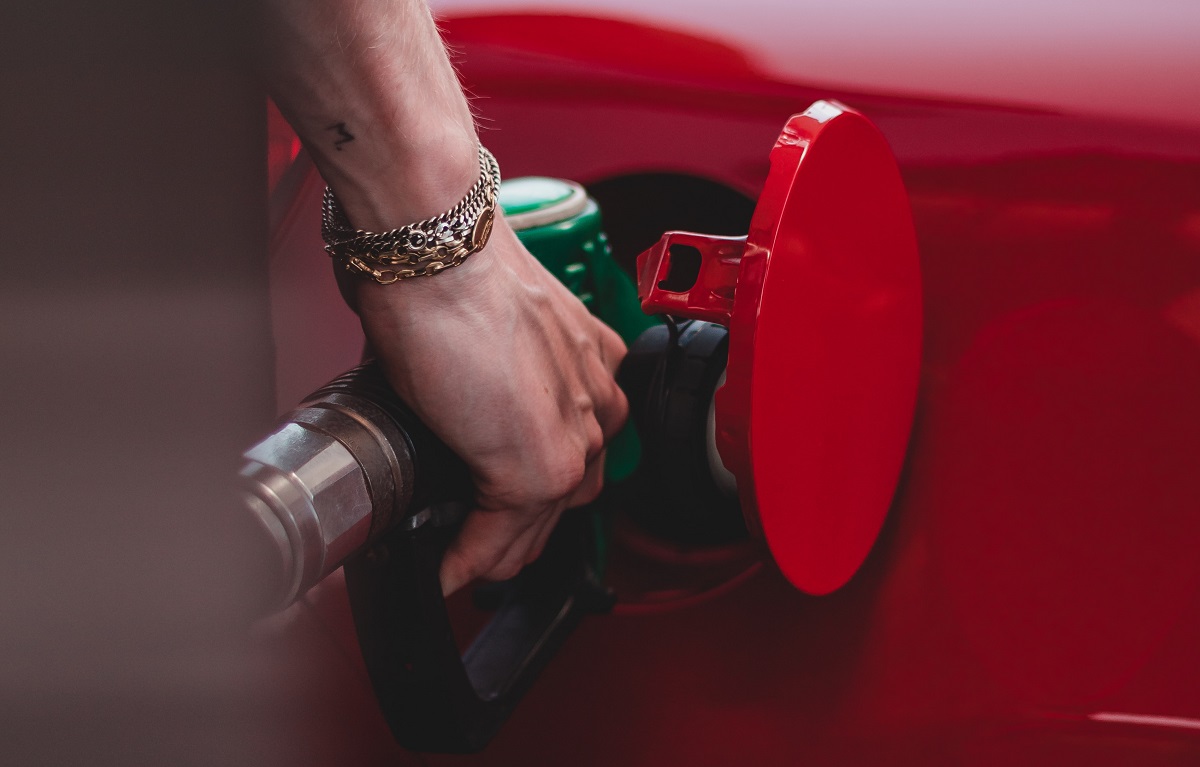
Rates are on pause, but inflation isn’t over – what’s keeping everything so expensive?
When the Bank of Canada decided to leave interest rates unchanged earlier this month, citing their concern for weaker economic demand, some Canadians may have welcomed the news as a sign that inflation is easing. However, with the overall year-over-year consumer-price index coming in at 3.3% in July, edging up from June’s 2.8%, it is clear inflation still holds a tight grasp on the Canadian economy. Frustration is mounting for many consumers and investors, as the BOC’s target annual rate of 2.0% remains out of reach, even after months of aggressive policy-tightening. With rising costs eating away at investment returns and spending power, some Canadians may be wondering what’s keeping inflation so stubbornly high.
Energy Prices Fuel Inflation in Canada
In this year’s July Consumer-Price Index Report, Statistics Canada cited energy products as the main component contributing to elevated prices overall. The cost of electricity rose 11.7% year-over-year in July, compared to a much slower 5.8% in June. Similarly, gasoline prices aren’t falling as fast anymore, down only 12.9% year-over-year in July, compared to a much more significant 21.6% in June.
Energy’s outsized role in keeping the CPI elevated becomes even more evident when comparing it to the other components in the index. In June, prices for energy products rose 1.4% month-over-month, compared to all items excluding energy, which rose less than 0.1%. July told a similar story, with energy products climbing 1.7% month-over-month, and all other items increasing by a softer 0.5%. Zooming out to the beginning of the year, a more consistent upward trend emerges. In the first half of 2023, energy prices increased 5.2%, with gasoline shooting up 8.6%. While the overall CPI has risen 2.7% for the year so far, all items excluding energy have climbed 2.6%.
These data not only confirm energy’s pronounced impact on overall costs, but they also suggest that swings in energy prices may be stickier than other items. This is a concern for the BOC, who cites higher prices for energy as a risk to the near-term inflation outlook in their July Monetary Policy Report. According to them, the relative price shocks that contributed to the initial uptick in inflation may require “a relatively modest amount of excess supply to bring inflation back to target.” Thus, energy prices may prove more stubborn than other items given their lagged response to changes in the supply chain. “With the recent increase in gasoline prices,” the BOC forecasts, “CPI inflation is expected to be higher in the near term before easing again.”
Where Canadians Pay the Highest Prices for Energy
This year’s uptick in energy prices has not impacted every Canadian equally. Some metro areas, particularly those in the northeastern and northwestern provinces, have seen gas prices soar in the past six months. For example, the average retail price of gas in the Halifax area jumped 15.5% between January and July, while prices in Victoria and Vancouver leapt 12.5% and 9.9%, respectively.
Residents of Calgary, Alberta also paid, on average, 9.9% more at the gas pump in July than they did at the start of the year. This can partly be attributed to the end of temporary measures by the province’s government to limit monthly energy bills for households. Since the culmination of those policies, the cost of energy in Alberta has been skyrocketing, which has contributed heavily to the nation’s overall inflation measurements. As shown below, average energy prices in Alberta increased by a staggering 22.4% between January and July, while all items excluding energy climbed a mere 2.1%. So far this year, the cost of energy has risen faster than the cost of all items excluding energy in 8 of Canada’s 10 provinces.
A Murky Outlook for Canadian Energy Prices
In his latest forecast for interest rates, inflation, and GDP growth, Morningstar’s Chief US Economist Preston Caldwell shares an optimistic prediction for overall prices in the US. “Owing greatly to the unwinding of price spikes caused by supply constraints in durables, energy, and other areas,” Caldwell explains, “we project price pressures to swing from inflationary to deflationary in 2023 and the following years.”
Whether this cooldown in price pressures also plays out in Canada is uncertain. As shown in the July consumer-price index, year-over-year prices are still well above the BOC’s desired level, with electricity and gasoline leading the way. In their July Monetary Policy Report, the BOC put forth a much more painfully slow inflation forecast than what Caldwell projected for the U.S. “In the base-case outlook,” they write, “inflation remains close to 3% until the middle of 2024 and then continues to slow, reaching the 2% target in the middle of 2025.” With no signs of energy costs cooling down in the near term, Canadian consumers and investors may want to buckle up for a long, pricey road ahead.









.jpg)










